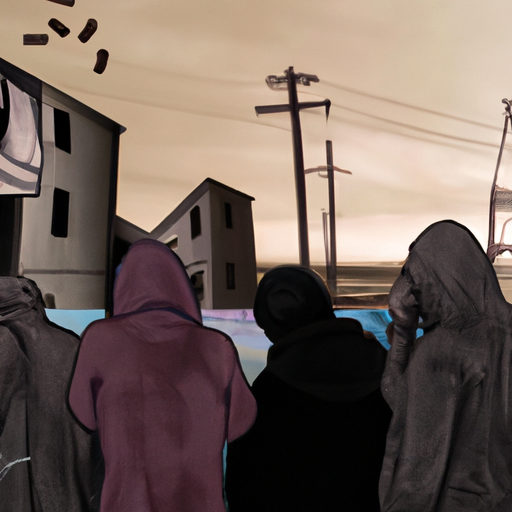The Canadian Opioid Crisis and Its Impact: An Analysis
The Canadian opioid crisis represents a broad-spectrum public health issue, deeply embedded in not just medical and health domains but also within the realms of social inequality, homelessness and crime. The severity of this crisis reverberates through vulnerable communities across provinces like Ontario, amplified by variables such as extreme weather conditions, homelessness, and inadequate access to life-saving resources such as naloxone.
The Human Face of an Inorganic Crisis
Opioids are fundamentally inorganic chemical compounds, yet they’ve woven themselves into the organic social fabric of Canadian society, disrupting the threads of community cohesion. Scope of their impact ranges from health burdens, overdose deaths, high risk behaviors, transmission of infectious diseases, and enhanced crime rates, thus fracturing the safety nets of not only individuals but whole communities.
Specific Impacts of the Canadian Opioid Crisis
- Health Impact: An exponential rise in the number of opioid-related drug overdose deaths and hospitalization rates has been observed. Drugs have alarmingly become the leading cause of premature death in Ontario, with opioids responsible for majority of these cases.
- Waterloo’s Homelessness Crisis: The opioid crisis has aggravated the homelessness crisis in the Waterloo region of Ontario. An overpowering heat wave over the years has resulted, sometimes tragically, compelling the homeless opioid users to remain outdoors, thus fuelling the cycle of opioid use.
- Crime Rise: An increase in rates of crime related to opioid abuse has become an unfortunate by-product of this crisis, compelling law and enforcement bodies to recalibrate their crime prevention strategies.
Efforts to Battle the Canadian Opioid Crisis
The fight against the opioid crisis needs to be multifaceted, involving efforts from enforcement agencies, healthcare practitioners, policymakers, and society at large. Recent strides in combating the opioid crisis includes the introduction of opioid class action lawsuits and the distribution of naloxone kits.
Canadian Opioid Abatement Class Action
The opioid class action lawsuits, a monumental step taken in rectifying the wrongs of the opioid crisis, are on their way. Governments at various levels in Canada are pursuing legal remedies against opioid manufacturers and wholesalers. The proceedings, which are still in early stages, are anticipated to support in the funding of the critical public health interventions and services needed across the country.
Distribution of Naloxone Kits
Another crucial initiative is the widespread distribution of naloxone kits, a medication designed to rapidly reverse opioid overdose, to the public and especially vulnerable communities. The kits have been handed out for free in Ontario pharmacies, with training provided for their appropriate usage.
Conclusion
Our understanding of the Canadian opioid crisis, and efforts to combat it, goes beyond the realms of simple numbers and statistic representation. It touches every fabric of the society and unearths the socio-economic disparities that exist amongst us. As we push forward, we need to remember that the most powerful weapon in this war is empathy and collective responsibility. Addressing the crisis requires an understanding of the opioid class action lawsuits, and the adoption of harm-reduction strategies, such as widespread distribution of naloxone kits and measures to address homelessness. We must continue to strive for a comprehensive, judicious, and compassionate approach to face this immense challenge.
